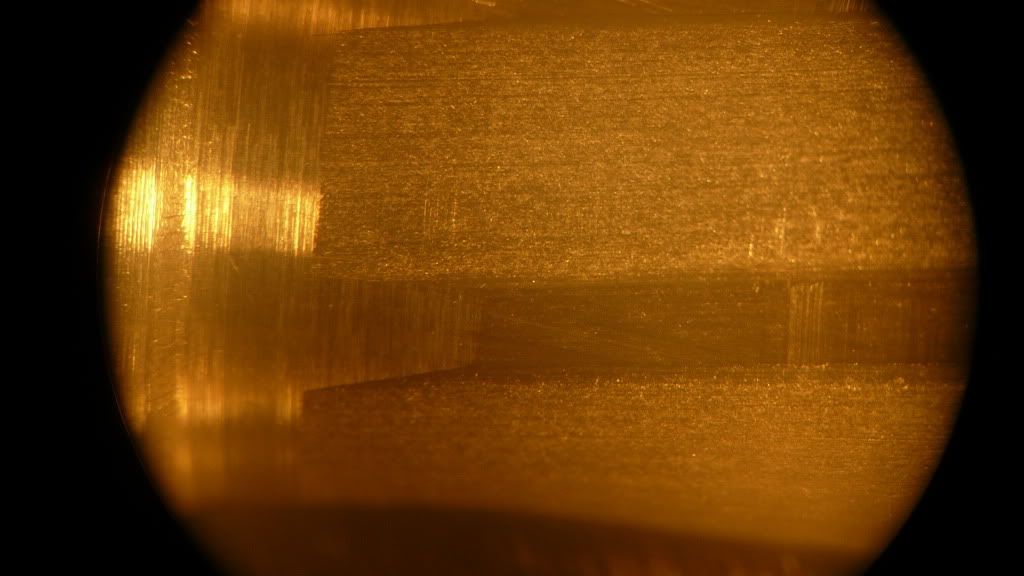Re: Barrel break in - myth or reality
I used to be a brake it in guy but, over the years I've changed my views. Like Dave said, every chamber/throat needs to be broken in but, the real question is this, how many rounds will it take and why.
#1. Take a guy that chambers with an average reamer and no flush system. He only cleans the chips off the reamer / throat portion every .100" or so. His chamber / throat will be on the rough side and require more rounds being fired and cleaning to "slick it up" or "brake it in" Maybe to the tune of 30-50 rounds.
#2. Take a guy that keeps sharp reamers in his tool box and uses the same technique as #1 above but he cleans out the chips every .050" or so from the mid way point of chambering to completion. His throat may slick up in 15-20 rounds.
#3. This guy drills, pre bores and or roughs his chambers first. He uses a high pressure flush system during the roughing and chambering process and sharp reamers to complete the finished chamber. He cleans out every .050" to .060" from the mid way point to completion. His throats will be clean in under 10 shots and usually in under 8.
All three smiths use barrel "X", one of the best money can buy. The only difference is their technique, this is what really dictates the brake in process and the number of rounds it will take. One of the true measures of a quality throat in a chambering job is how much copper can you see in the bore at the muzzle after 5-8 shots. Using method #3 above I can tell you that you wont see much if any copper. This is a very good indication that the throat isn’t shaving jacket material off like a file during firing.
It really isn’t the barrel that’s being broken in, it's the throat. Like Dave is saying, prior to chambering, the barrel blank is as good as it's ever going to be. After we fire the first round through it, it's down hill from there




